| Thursday, November 14, 2019 | |
Smart Photonics |
|
| Chair |
Didier Louis, International Corporate Communication Director/IRT Nanoelec Communication Director, Leti
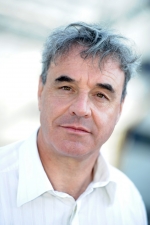
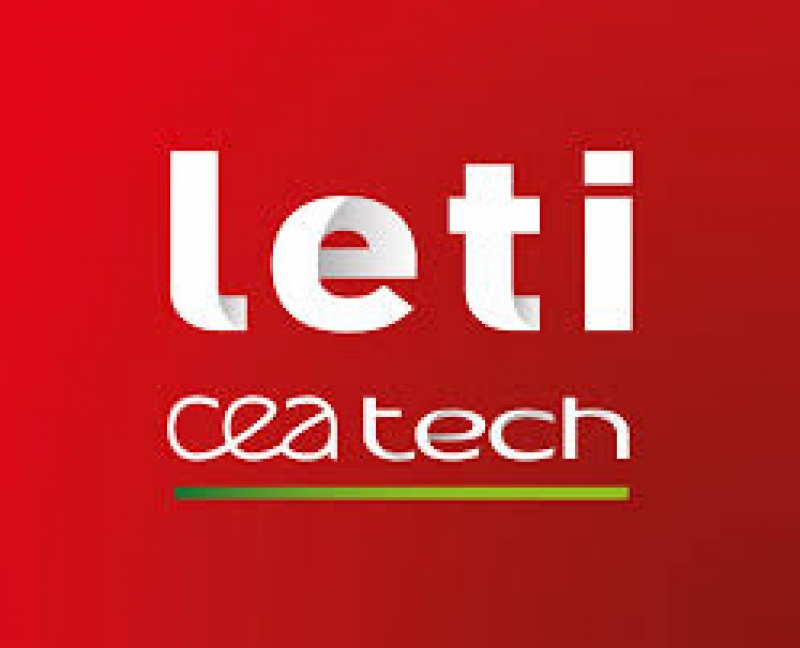 Biography |
| 10:00 | Coherent photonic transmitters: what, how and when? |
Fatima Gunning, Senior Staff Researcher, Tyndall National Institute Coherent photonic transmitters: what, how and when?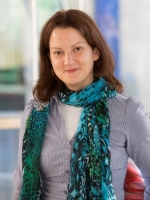
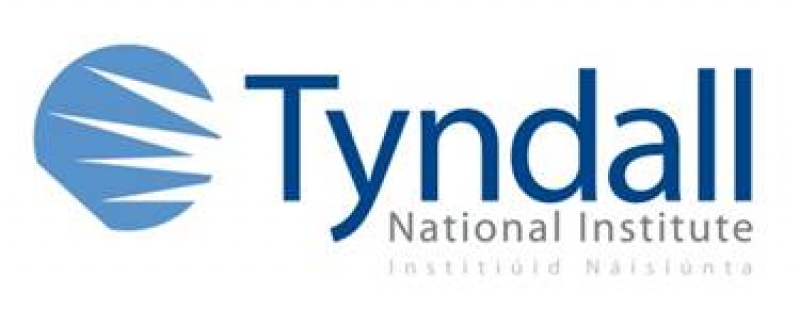 Abstract Biography |
|
| 10:20 | Si and SiN High-Q microresonators for quantum and nonlinear optics applications |
Erwine Pargon, Associate researcher, Univ. grenoble Alpes, CNRS, LTM Si and SiN High-Q microresonators for quantum and nonlinear optics applications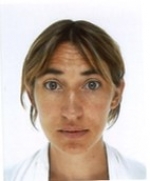
 Abstract Biography |
|
| 10:40 | COMMUNICATE, SENSE WITH LIGHTGenerating, Modulating, Routing, Filtering, and Detecting Light on Siliconwith Mass Manufacturable Semiconductor Integrated Circuit |
Pascal Langlois, Chairman of the board and Deputy CEO, Scintil Photonics SAS COMMUNICATE, SENSE WITH LIGHTGenerating, Modulating, Routing, Filtering, and Detecting Light on Siliconwith Mass Manufacturable Semiconductor Integrated Circuit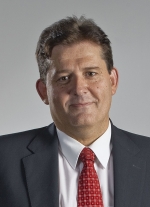
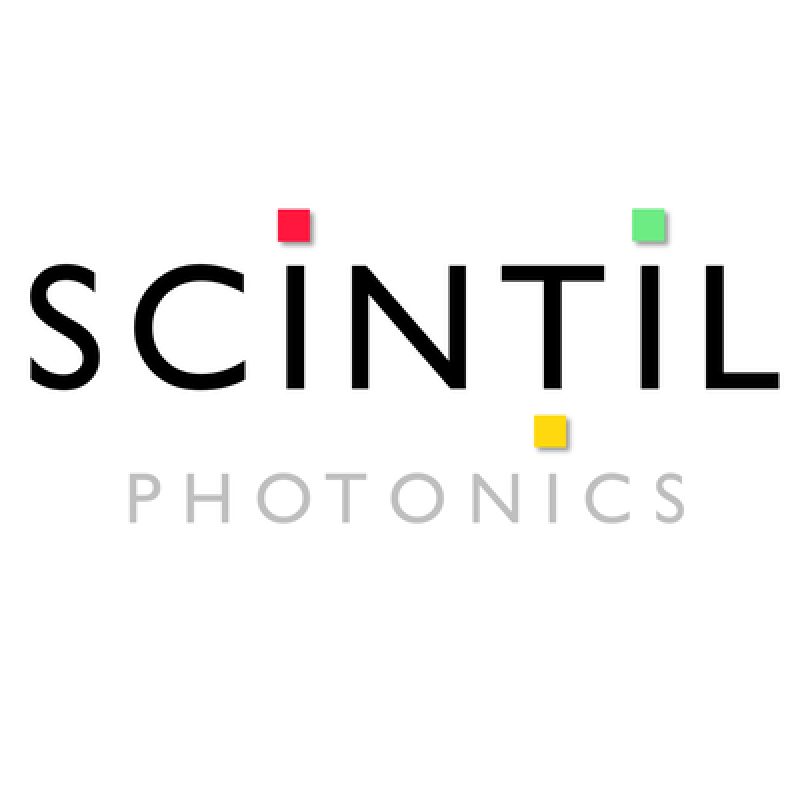 Abstract Biography |
|
| 11:00 | High performance photonic technologies for communication and sensing applications |
Andreas Mai, Department Head, IHP High performance photonic technologies for communication and sensing applications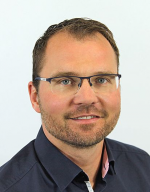
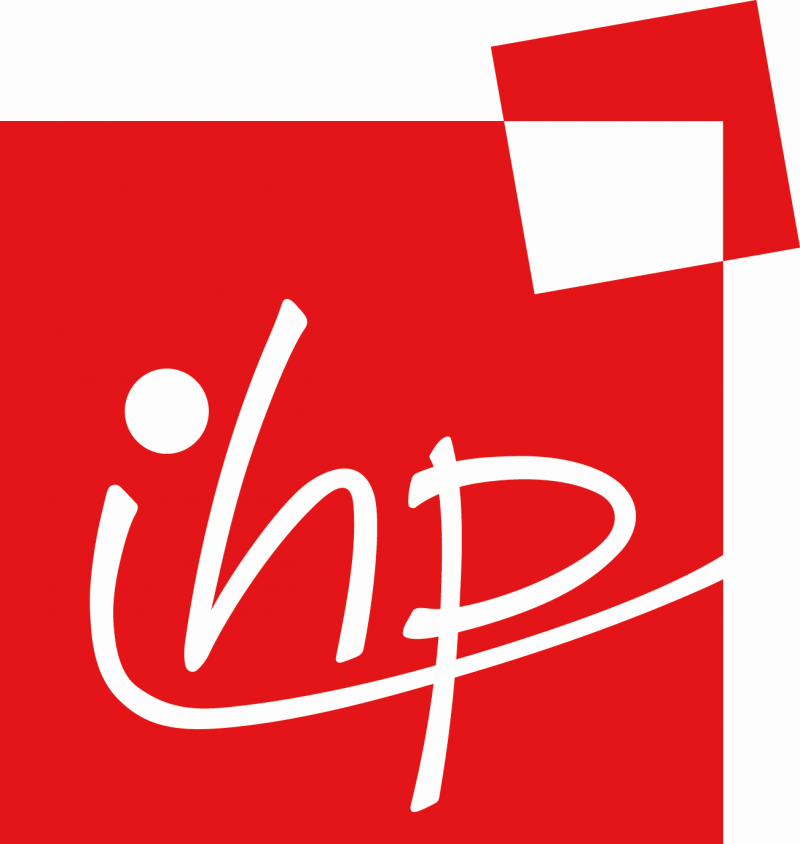 Abstract Biography |
|
| 11:20 | Micron-scale low-loss silicon photonics for communication and sensing |
Timo Aalto, VTT Micron-scale low-loss silicon photonics for communication and sensing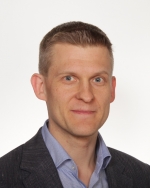
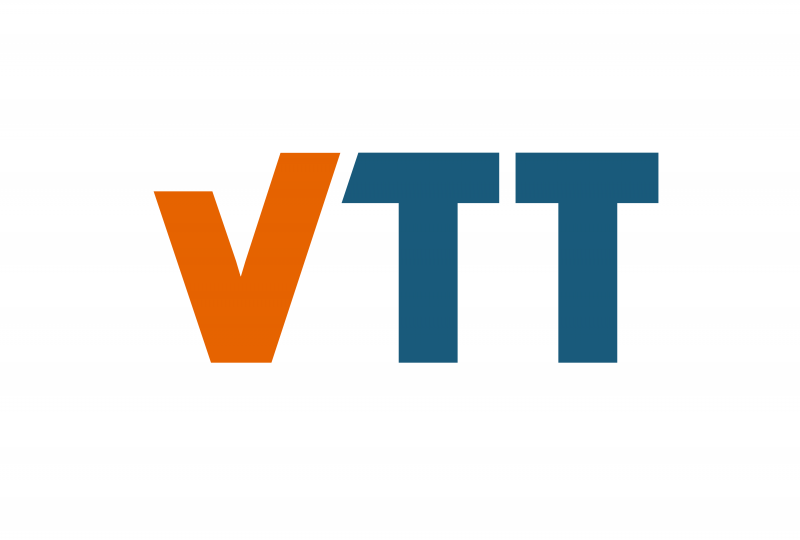 Abstract Biography |
|
| 11:40 | Foundry model for low-cost versatile photonic integrated circuits |
Luc Augustin, CTO, SMART Photonics Foundry model for low-cost versatile photonic integrated circuits
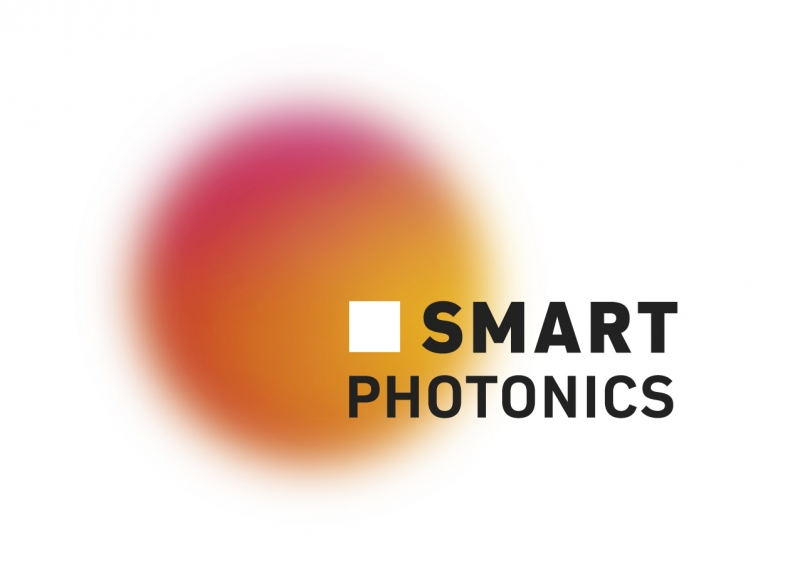 Abstract Biography |
|
| 12:00 | End |